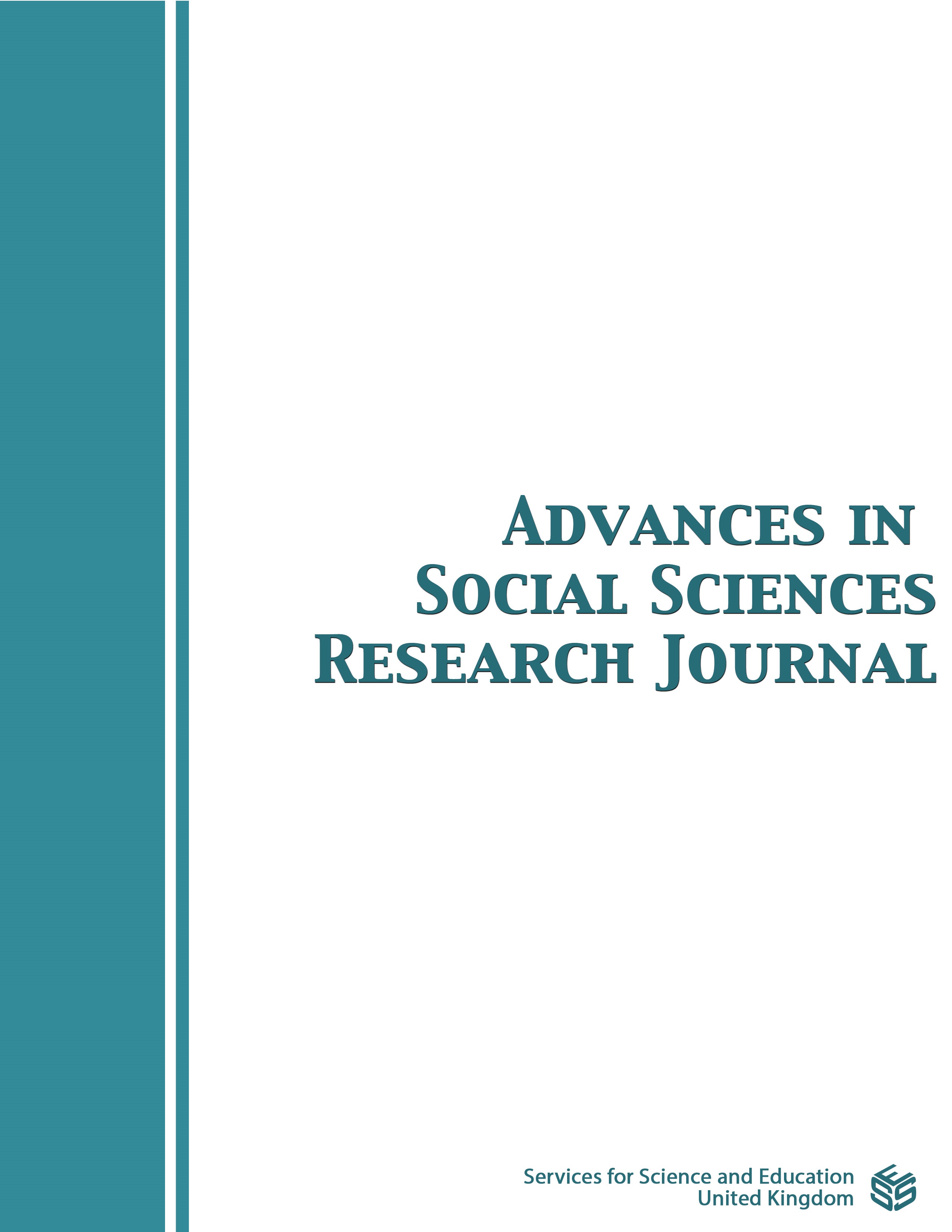Applicability of the Growth Point Policy in Addressing Women Socio-Economic Empowerment Issues; Case of Tsholotsho District, Matebeleland North Province, Zimbabwe
DOI:
https://doi.org/10.14738/assrj.103.14301Keywords:
growth points, women empowerment, KIIs, FGDs, Centre(C), Village (V)Abstract
The main focus of this study was to establish and understand the role of the growth point policy in promoting of women’s socio-economic empowerment in Tsholotsho District, Matebeleland North Province, Zimbabwe. An exploratory research design was adopted in this qualitative study since it afforded participants a platform to narrate their experiences with regards to the applicability of the growth point policy to women’s socio-economic empowerment. The target population included women from both the Centre and the Villages as well as key informants from government departments. Key informant interviews and focus group discussions as well as non- participatory observations were employed as methods of collecting data. Purposive sampling was used to come up with the research participants and data was collected from government officials, traditional leaders, NGOs working in Tsholotsho district as well as women from the centre (growth point) and from the hinterlands (villages). A sample size of 30 took part in the study. The study found out that the growth point strategy has been instrumental in positively transforming the lives and livelihoods of women in Tsholotsho but on piecemeal and minute levels of development. The study recommends that the policy be revisited and re-engineered in order meet the desires and aspirations of women in the rural sector. Secondly, the government and its partners should do more to capacitate women economic activities. Lastly the study recommends that the future research should focus on what the growth point policy that takes women issues into context.
Downloads
Published
How to Cite
Issue
Section
License
Copyright (c) 2023 Susan Machikicho, Tichaona Mapolisa, Ngonidazshe Mutanana

This work is licensed under a Creative Commons Attribution 4.0 International License.
Authors wishing to include figures, tables, or text passages that have already been published elsewhere are required to obtain permission from the copyright owner(s) for both the print and online format and to include evidence that such permission has been granted when submitting their papers. Any material received without such evidence will be assumed to originate from the authors.






